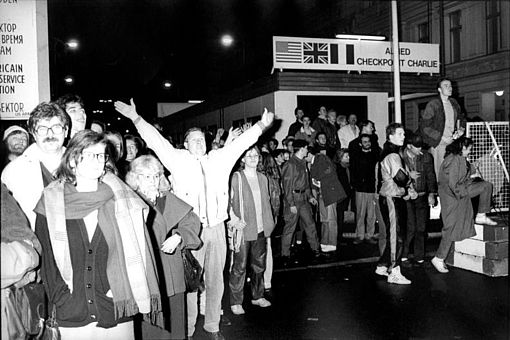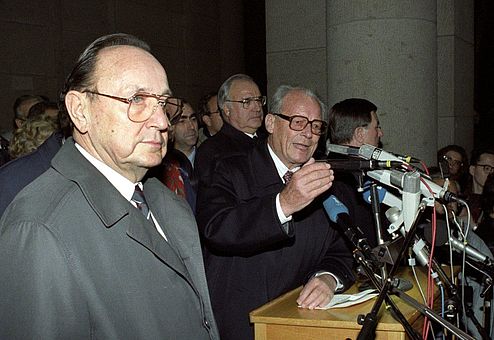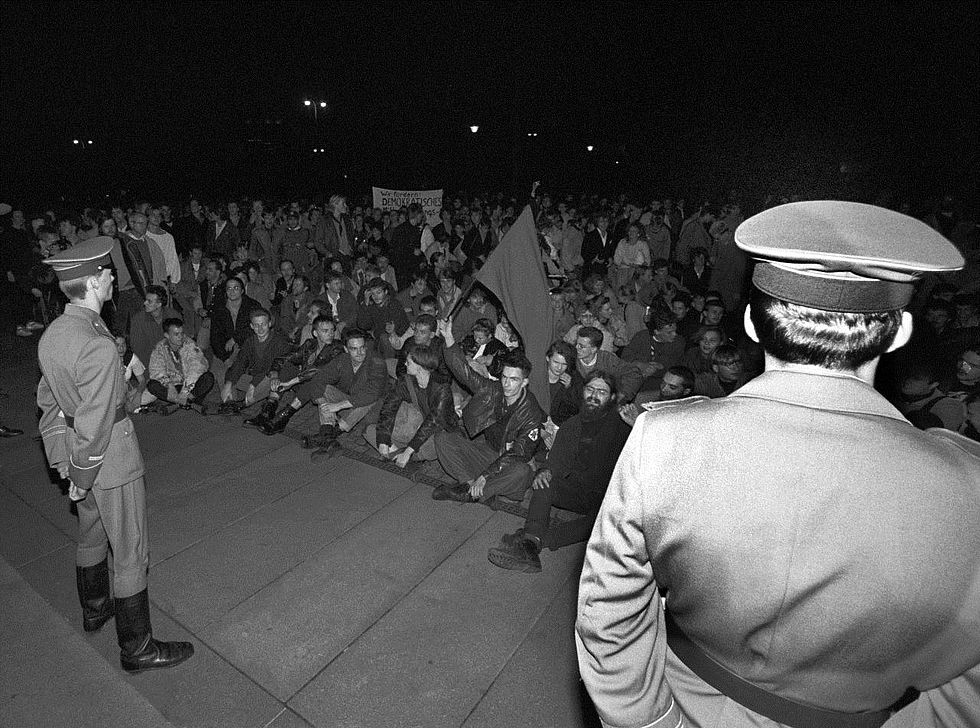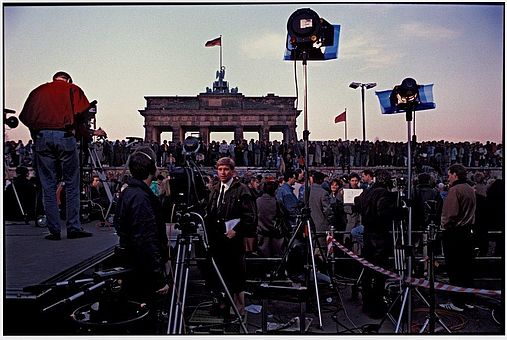- Старт >
- РЕВОЛЮЦИЯ >
- 9 November 1989 - The Fall of the Wall >
- The wall falls

Quelle: Robert-Havemann-Gesellschaft/Rainer M. Schulz/RHG_Fo_HAB_25800

Quelle: Robert-Havemann-Gesellschaft/Aram Radomski/Radomski_Checkpoint_02

Quelle: picture-alliance/dpa

Quelle: Robert-Havemann-Gesellschaft/Nikolaus Becker/RHG_Fo_NiBe_102_10





